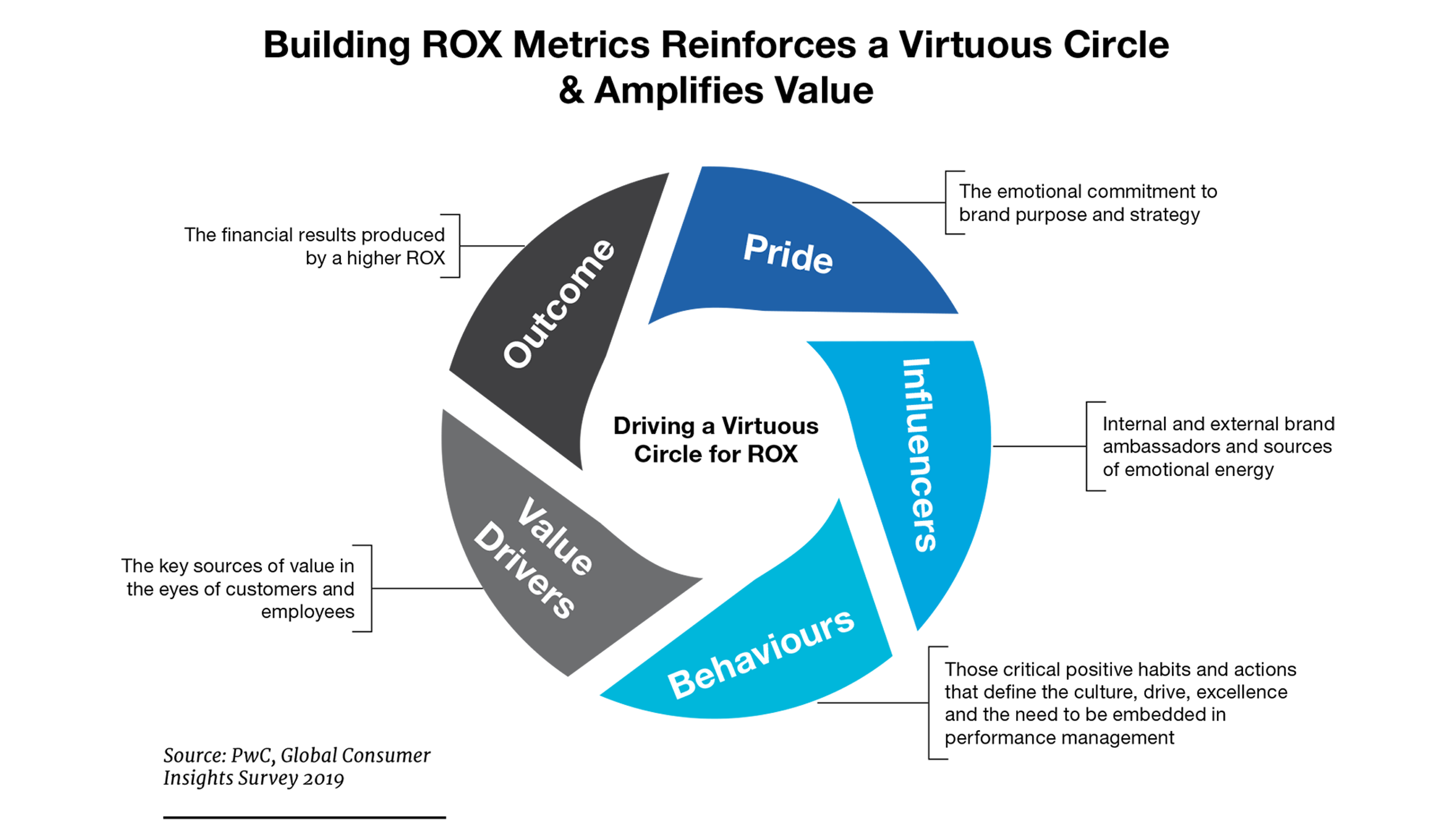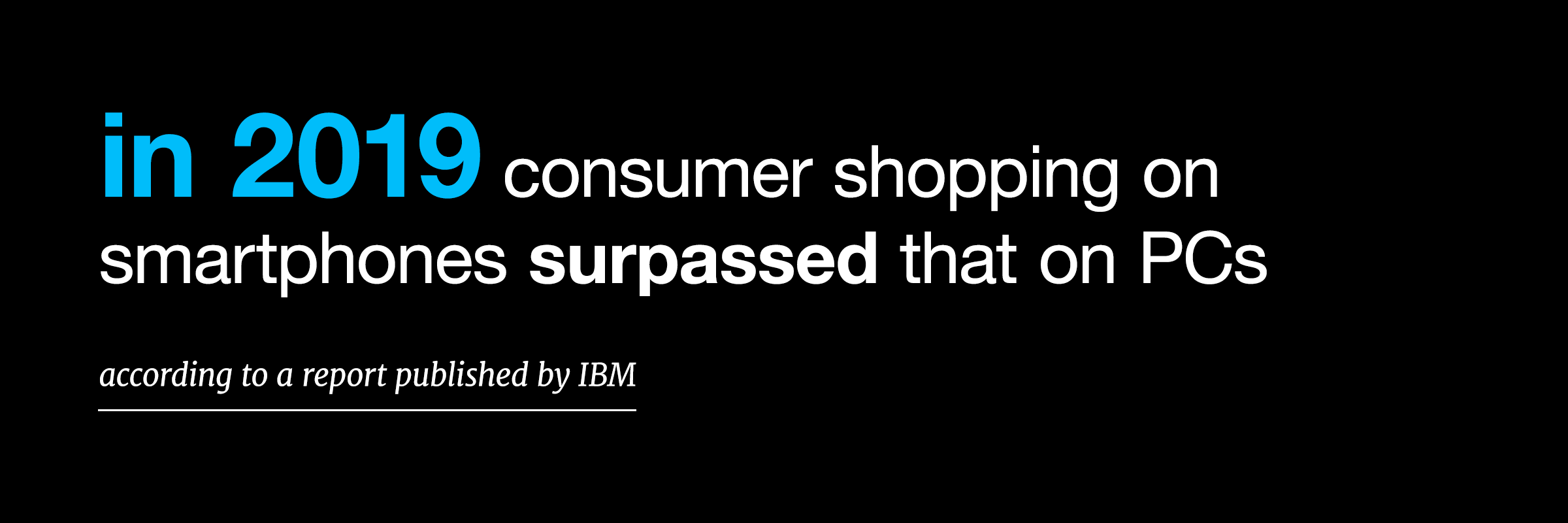One of the most important factors in determining actual spend on connected experience engagements is developing a reliable, consistent (over time) means of measuring ROI on CX ventures or experiments.
ROX is the new ROI
Connected experiences are those that have the ability to leverage data from automated processes and self-learning software to effectively build meaningful relationships, that are consumable and adaptable, with customers across channels.1 They must connect with customers to support their objectives in a personalised way. In order to do so, companies are tasked with actioning a wealth of collected data across platforms, while managing associated costs (e.g., AWS fees, platform creation and upkeep, etc.), and turning a profit.
So, never has it been more important to closely measure true consumer interaction beyond clicks and views. CMOs and their colleagues have realised that it is difficult to tie live experiences and activations to hard numbers. There is no single accepted calculation for Return on Experience, but there are many specific considerations and data points that are imperative to companies developing their own ROX calculations that give them the most insight into activation impact, as well as analytical power and reflective understanding.

While ROI is measured in money spent vs. impressions and reach (eyeballs), and is traditional in marketing and advertising, it gives no insight into consumer behavior or physical experiences.
Overall, it is up to marketers at any brand or company to combine traditional ROI analytics with sophisticated, new-school social engagement measurement techniques, thereby creating new, powerful ROX metrics.

Three questions need to be answered:
- what was spent to create this awesome experience?
- what did consumers love and do there?
- how much of a buzz (and what type) is now in the ether?
Many companies that are considered by industry experts to be CX leaders are outperforming the market in returns 30%+ higher than the S&P 500 index. Those thought to be lagging are underperforming relative to the index, up to 40% below.2 High (or low) relative ratings in customer experience are highly considered in this calculation, directly indicating whether a customer is likely to increase direct spend with a company, or to trust a brand in future years and purchases.






